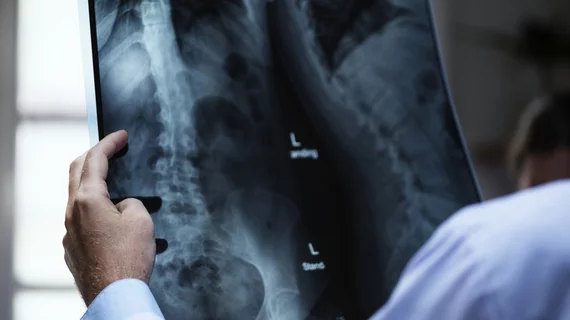FDA publishes 2 final guidance documents on x-ray devices
The FDA has issued two final guidance documents regarding x-ray devices designed to more closely align FDA requirements with internationally developed standards.
For x-ray imaging devices, the FDA guidance provides recommendations to the industry on how to align Electronic Product Radiation Control (EPRC) guidelines outlined in the Federal Food, Drug & Cosmetic Act (FD&C) Act with International Electrotechnical Commission (IEC) standards.
“(The) FDA has determined that industry conformance to certain IEC standards would provide, at a minimum, the same level of protection of the public health and safety from electronic radiation as certain EPRC regulatory standards,” according to the FDA document. “Using a declaration of conformity to equivalent IEC standards reduces duplication of efforts by manufacturers and allows FDA to provide more efficient and consistent regulatory reviews of submissions relating to medical x-ray imaging devices.”
The administration’s other final guidance contains a policy clarification for three fluoroscopic equipment requirements: fluoroscopic irradiation time, last image hold and emergency fluoroscopy mode.
During a meeting in March 2010 regarding reducing unnecessary radiation exposure in medical imaging, the FDA received many recommendations identified in the IEC standards that were not currently required by the federal agency.
“Based on this discussion, it became clear that there are some areas of the federal performance standard for fluoroscopic equipment, found at 21 CFR 1020.30 and 21 CFR 1020.32, that could be further clarified,” according to the FDA document.
The full guidance document on x-ray standards can be read here. The fluoroscopic equipment requirements can be read here.

